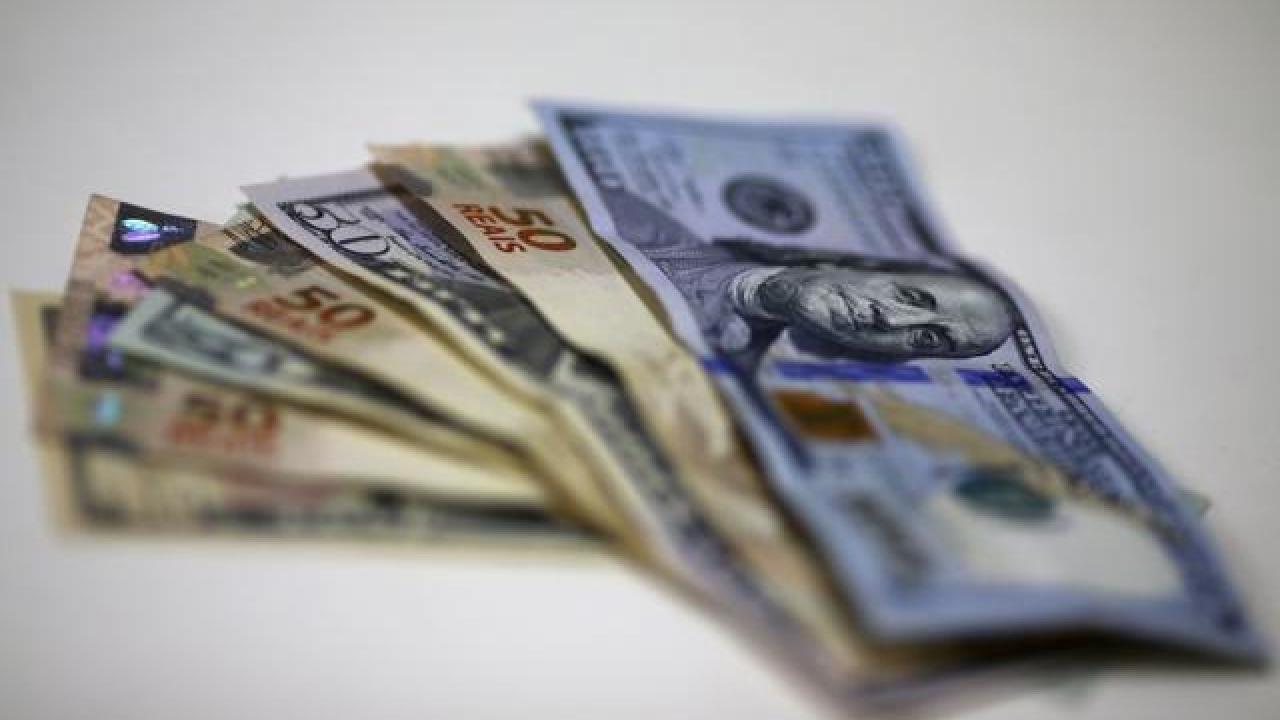
The Brazilian currency has devalued by more than 20% so far this year and the exchange rate is closely followed by Uruguayan exporters.
The dollar in Brazil surpassed the 6-real threshold for the first time on Thursday, at the same time that the government announced that it would implement a fiscal adjustment. The Brazilian currency has suffered a devaluation of more than 20% so far this year and that creates challenges for Uruguay's foreign trade and tourism.
The administration of Luiz Inácio Lula da Silva announced a public spending cut of US$12 billion for next year and 2026. The decision seeks to calm market uncertainty about the country's fiscal performance.
Among other measures, the minimum wage ceiling will be adjusted and the salary and benefit caps for public employees and military pensions will be reviewed.
Brazilian Finance Minister Fernando Haddad said the savings measures “consolidate the government’s commitment to the country’s fiscal sustainability and require courage; but they are a wise choice for a stronger, fairer and more balanced Brazil in the future.”
The aim is to ensure compliance with the so-called "fiscal framework", the rule that limits spending growth until 2026, when Lula da Silva's term expires.
Investors' doubts about Brazil's ability to meet its fiscal commitments weighed on the country's economy throughout the year, although it nevertheless showed satisfactory results in variables such as employment, consumption and industrial production.
Haddad said last week that he is confident of meeting the goal, although to do so he had to announce a spending freeze of US$860 million for the remainder of 2024.
At the beginning of the trading day, the dollar was quoted at 6.0004 reais - the highest nominal value since the Brazilian currency began to circulate in 1994. During the rest of the afternoon it fluctuated around that value until reaching 6.0175.
The real has suffered a 23.6% devaluation since the beginning of the year.
EXPORTS AND SEASON
The movements of the dollar in Brazil are closely followed by the Uruguayan export sector. In the first 10 months of the year, the neighboring country was the second destination for sales of local goods.
Exports in that period amounted to US$ 2.021 billion, with a year-on-year increase of 10%, according to information from the Uruguay XXI Institute. Vehicles were the main item with US$ 353 million, followed by dairy products and malt.
The head of economic advisory services for the Exporters Union (UEU), María Laura Rodríguez, told El Observador that the different levels of depreciation of the Uruguayan peso (10.6%) and the Brazilian currency caused the bilateral real exchange rate to fall by almost 9% in the first 10 months of the year.
“This means a relative reduction in the price of Brazil compared to Uruguay, which always has consequences for exports,” she said. In this scenario, Uruguayan exporting companies will face more challenges in placing their products in the neighboring country, the economist said.
For Rodriguez, the rise in the dollar in Brazil is a reflection of the market's action in response to the measures being taken by the Lula da Silva government to mitigate the fiscal deficit and achieve economic stability that will allow it to grow.
"Brazil is one of Uruguay's main trading partners, and it needs to be strong, stable and able to lead Mercosur's international integration," he concluded.
Another challenge for Uruguay will come from tourism. Brazil has become an accessible neighbor and this suggests that it will receive a significant influx of tourists from the region.
A few days ago, CED economist Ignacio Umpiérrez said on Carve radio that Brazil is generally cheaper than Uruguay and a more marked depreciation of the real accentuates the price difference.
Rodriguez said that this will create a disincentive for Brazilian tourists to come to Uruguayan resorts during the next season. But it will also create a possible diversion of Argentine visitors who would prefer to spend their holidays in Brazil.
This Thursday, the low-cost airline JetSmart announced that it will offer promotional prices for travel from Montevideo to Rio de Janeiro, with tickets from US$ 116 for the outbound leg and US$ 54 for the return leg.
In Argentina, the perception is the same. Economist Salvador Vitelli wrote on his X account that “it has been 22 years since it was as cheap to go on holiday to Brazil as it is today.”
Various tourism agents expect a flood of Argentine visitors to Brazil, attracted by the exchange rate advantage.
DOLLAR IN URUGUAY
On Thursday, the dollar rose again on the Uruguayan exchange market. The US currency closed at $43.157, on the interbank average, with a daily increase of 0.35%, according to information from the Electronic Stock Exchange (Bevsa).
This is the second consecutive day that it has been trading above the $43 threshold, something that has not happened since February 24, 2022.
The dollar has accumulated a rise of 10.6% so far this year, from $39.022 on the last business day of last year.









